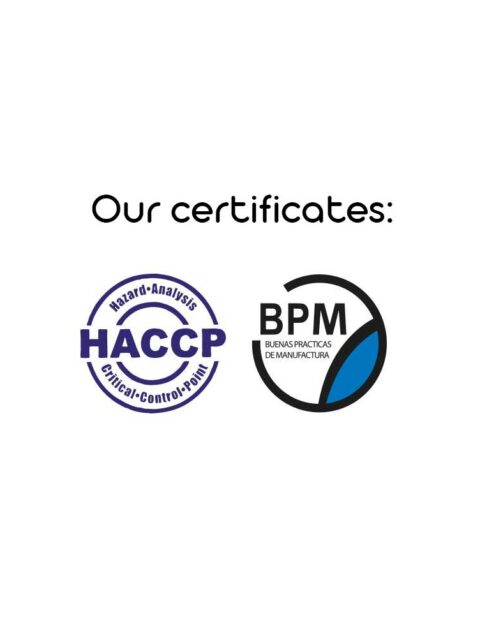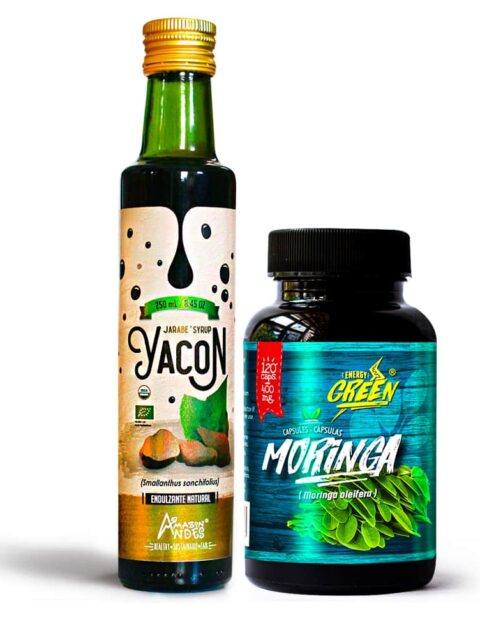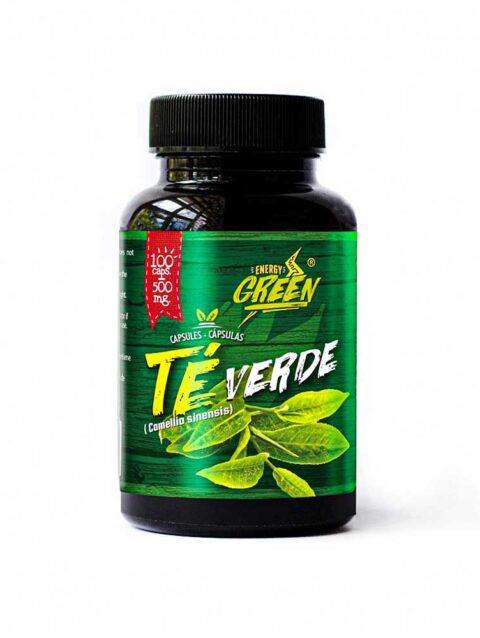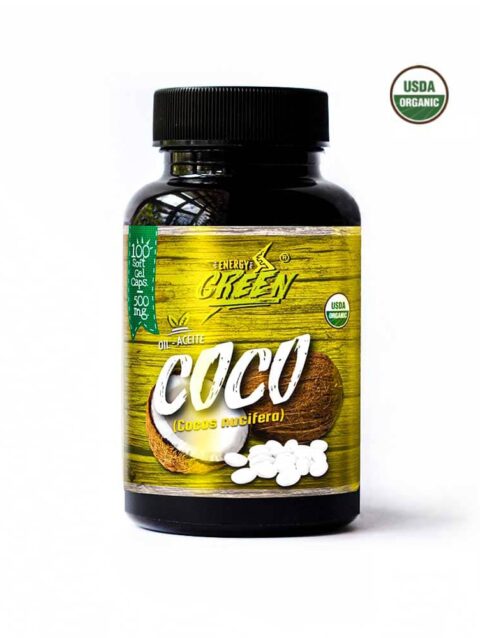- Home
- Raw Materials
- Super Foods
- Page
Lucuma, the rich in beta-carotene andean fruit
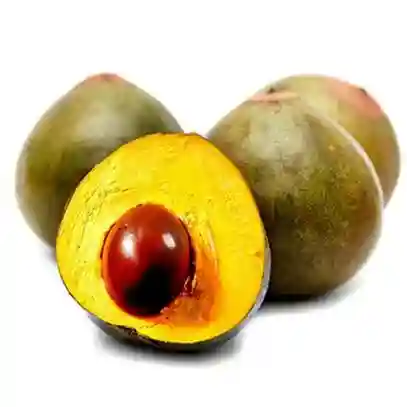
LUCUMA POWDER SUPPLIER
The Lucuma fruit (Pouteria lucuma) is native from the Peruvian Andes. It has a high content of beta-carotene and gives a pleasant and sweet flavor. Organic Lucuma powder is used in the food industry and food supplements around the world.
At AMAZON ANDES we are producers, suppliers and exporters of organic products derived from Lucuma (powder or flour). We offer wholesale prices for importers and distributors. We are suppliers of the best raw material from the Andean-Amazonian area in Peru.
We have an active certificate by Control Union Peru for USDA-NOP, EUROPE, CANADA and JAPAN. We have FDA certified facilities. We also offer the EOM service or private label in the following products:
- Organic Lucuma powder.
- Frozen lucuma pulp.
- Dehydrated Lucuma.
We have HACCP and GMP quality certifications by NSF. Batch certificates of analysis and samples are available.
We are the best supplier alternative from origin. The best andean Lucuma from Peru.
ORIGIN OF LUCUMA
Lucuma (Pouteria lucuma) is a fruit native to the inter-Andean valleys of Peru, Ecuador and northern Chile. Chroniclers and historians report its abundance in Peru, having found images molded in huacos of the Mochica culture. These testimonies corroborate an ancestral use as part of the diet of populations that settled in localities on the coast and mountains of the country.
The fruit is a globose berry, flattened or somewhat elongated, green or yellowish. It measures between 7 and 14 cm in diameter.
The departments with the highest production of lucuma in Peru are Lima, Ayacucho, La Libertad, Cajamarca and Huancavelica.
Archaeological research places its domestication in the inter-Andean valleys of the pre-Inca peoples, where the consumption of its fruit and the use of its wood are extensively documented in the pictorial representations of the native Amerindians. The oldest of these date back to the 8th millennium BC. C. in the region called Callejón de Huaylas in Ancash. The Moche culture represents its art to the lucuma, as part of its fascination with agricultural products. Its wood was used for the construction of the Pachacámac sanctuary where in 1938 a trunk of singular dimensions carved as a totemic figure was found.
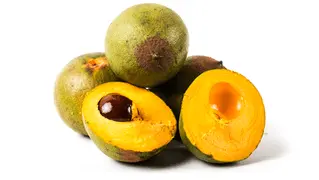
Traditional use of lucuma
- Energizing due to its iron content. This mineral gives it an important job of converting glucose before it is oxidized into energy.
- High content of beta-carotene, essential for the efficiency of the immune system, reduce the risk of heart attacks, and to be transformed into vitamin A within the body.
- It also contains B3 or niacin, a compound responsible for the elimination of toxins from our body and recommended for its benefits in people with depression problems.
- Other important elements present are calcium and phosphorus.
- In addition, it is recognized for its powers to lower cholesterol and triglycerides.
BENEFITS OF LUCUMA
It is rich in beta-carotene, an important source of vitamin A, which our bodies need for better vision, in addition to promoting cell growth, and even helping with the immune system. Beta carotene can protect us against other types of cancer, including cancer of the esophagus, liver, pancreas, colon, rectum, prostate, ovary, and cervical cancer due to its potency as an antioxidant.
Lucuma can sweeten foods without the need to add sugar.
USE OF LUCUMA
It is used in the preparation of ice cream, yogurt and bakery products, such as jellies, desserts, cakes and sweets. It can be mixed with other fruit flours, in order to obtain an exotic and natural flavor for multiple applications. Ingredient for the food industry, confectionery, dairy products, food formulas, etc.
SIDE EFFECTS AND CONTRAINDICATIONS OF LUCUMA
No reports have been found in the literature about contraindications for the use of lucuma, or possible drug interactions. Its safe use is demonstrated in its daily consumption since ancient times of this delicious fruit.
OUR CERTIFICATIONS
Our brand has the following specifications.






